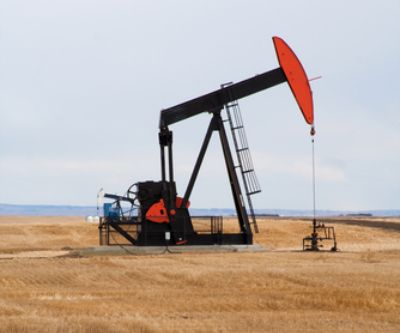
Russia, Algeria and Argentina hold larger shale oilfields than any of the current producing ones in the United States, jeopardizing the country’s chances to become the world’s top oil producer by 2017, a report released Tuesday by global information company IHS reveals.
The good news is the shale oil boom that has led to revival in US production could be replicated internationally. According to HIS, global shale formations potentially hold seven times the amount of technically recoverable oil located in the US and Canada together.
The report identifies 148 global shale plays that may have 300 billion barrels of technically recoverable oil, particularly in the Muerta of Argentina, the Bazhenov shale of Siberia and the Silurian shale of North Africa.
However, the research also shows that costs for extracting the so-called “tight oil” reserves, held in shales and hard-to-access deposits, are significantly higher outside the US. This means they would need a higher oil price to be commercially viable.
The US is expected to produce 7.3 million barrels per day this year, up from 6.4 million in 2012, according to data published by the US Energy Information Administration (EIA).
That obviously impacts directly on the amount of crude the country is buying, said the agency, which is the developed world’s most respected energy forecaster.
Imports totalled about 7.7 million barrels per day in the month of February, down 1.2 million barrels per day from the same time last year.
US oil demand for 2012 was 18.56 million barrels per day, down 2% from the year earlier and its lowest annual level since 1996, according to the EIA. Oil demand fell every month last year, except for May.
Currently, Americans import close to 10 million barrels of crude per day and Canadian oil accounts for 30% of that total.
Comments
Robert_S_Stewart
363 billion barrels of oil were discovered in 1984 in one location/one country, which would cost a lot less than developing 148 locations in 65 countries. Do the math. 99% of that oil and mainly natural gas are still in the ground.
Building an oil installation in under-industrialized countries with no infrastructure is a dream. 47 major projects have been cancelled already this year because of this cost.
Someone is not doing their homework, causing expectations in emerging markets that are unrealistic, and trying to turn off the North American resurgence in self-sustaining energy supply.
Let the boom proceed. As the fracing and directional drilling continues, the present proven reserves will multiply daily.
Any fool who suggests fracing contaminates, go to the back of the class. It brought pure, cleaning drinking water to 100,000 villages, towns and cities across North America (starting in 1947).
On the way to producing the water, they discovered the world’s second biggest deposits of minerals and petroleum. 1 leaky well completion does not contaminate 4,986 perfectly clean others.
There are thousands of natural eathquakes every day. Blaming it on a dozen fracing wells is a farce. Who died?
That is the equivalent of banning bread knives because they “could” kill.
How many people died from nuclear power plants in Western nations? Not one!
And coal mines worldwide?
Would all the emotional upstarts kindly do their homework or conversely come up with the investment capital to produce all the alternative energy for the next century. We’d all love a windmill in our backyards, like mine. It cost $1mm. Nuts?
Natural gas is the alternative energy. It drops NOX, CO and CO2 emissions by 90%. Ask the Japanese who have driven their cars on Canadian methanol, the first fuel ever used in internal combustion engines, a century ago. No more smog masks.
History, homework, math, the facts and being truthful doth make fools of all the crying wolves.